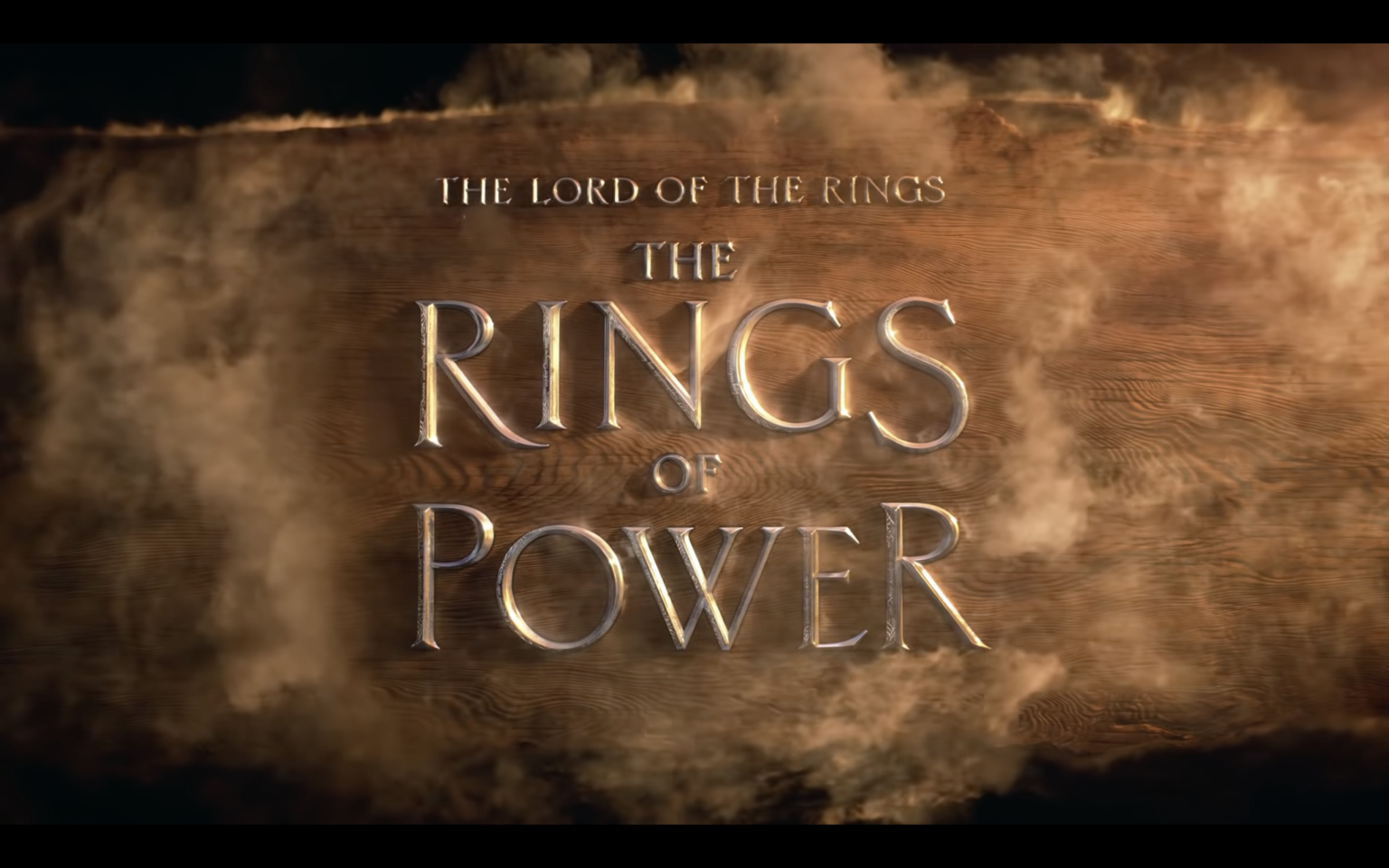Amazon Studios The Rings of Power is six months away. We want all Spoilerites to have the best viewing experience possible and have the widest knowledge base about the Second Age of Middle-Earth. This is a weekly Let’s Get Nerdy article series highlighting a different piece of Tolkien I think you need to know about!
In past articles I have answered the question:
This week is all about Prince Durin IV or “Durin” as you may have heard him referred to in The Lord of the

Rings and The Hobbit trilogies respectively. Up to this point in this series I’ve written about elves, humans, and hobbits, it’s about time we get onto the dwarves! Durin is such an important figure in Middle-Earth the dwarves of Khazad-dûm go on to be referred to as “Durin’s Folk”.
Durin’s Folk specifically refers to Durin and his chief council of advisors, who are also sometimes referred to as the “Longbeards”. In dwarvish culture the length of your beard is considered synonymous with wisdom having lived a long time and experienced many things. Durin’s Folk resided in Khazad-dûm for millennia until they “delved too greedily and too deep” and unleashed the Balrog.
Back to Durin, Prince (during the first season of The Rings of Power), later-King Durin. He is named for Durin I and was believed to be not only a direct descendant, but reincarnation of his ancestor. Durin I was known amongst his people as “During the Deathless” feeding further the myth of reincarnation. Durin IV not only inherited the appearance and responsibility of his predecessor, but he had also inherited one of the titular Rings of Power.
His ring is named “Angya” in elvish, called “Handórm” by the Dwarves. Angya came to Durin IV by way of his father Durin III.

While During IV’s exact birth and death date were not recorded he reigned during the Second Age of Middle-Earth and likely into the early beginnings of the Third Age. This extrapolation can be made pretty easily because During IV stood with the Last Alliance of Men and Elves in their battle against Sauron. This being the battle we see in the opening narration sequence of The Lord of the Rings: The Fellowship of the Ring and the event in Middle-Earth history which officially ended the Second Age with the death of Sauron. Durin IV sent an army to support the Alliance. I would suspect when this battle is brought to live action for the second time in The Rings of Power I fully expect to see Durin in full battle rattle leading his people into combat against the Dark Lord.
Durin’s Folk went on to populate Erebor (a.k.a. The Lonely Mountain), Ered Mithrin (a.k.a The Grey Mountains), and Ered Luin (a.k.a. The Blue Mountains). Making Durin IV, effectively, the progenitor of all major dwarvish settlements across Middle-Earth. You could easily argue Durin IV is more known throughout The Silmarillion for his deeds and his legacy, than for the specific details of his long life. It’s something The Rings of Power can really plant their story points in and flush out for Tolkien fans who may be less interested in the lore of the elves and the humans and the hobbits who always seem to be at the forefront of his tales.

For those familiar with the characters in The Hobbit, Thorin Oakenshield is the 8x great-grandson of During

IV. Gloin, also in The Hobbit, and his son, Gimli (a member of The Fellowship of the Ring), are also descendants of Durin IV, as a direct descendant as well, with Durin IV as his 9x great grandfather.
We also know from The Rings of Power trailer and subsequent promotional material that there is a dwavish character named “Princess Disa”. Disa is non-canonical. An original character to The Rings of Power. However, there is a character named Dís (a female dwarf), who is the sister of Thorin Oakenshield and the mother of Fíli and Kíli. My money would be on Princess Disa being retconned as the namesake for this future Dís.

Fun fact: Dís was the first and only female dwarf writer J.R.R. Tolkien ever named.
Dear Spoilerite,
At Major Spoilers, we strive to create original content that you find interesting and entertaining. Producing, writing, recording, editing, and researching requires significant resources. We pay writers, podcast hosts, and other staff members who work tirelessly to provide you with insights into the comic book, gaming, and pop culture industries. Help us keep MajorSpoilers.com strong. Become a Patron (and our superhero) today.


